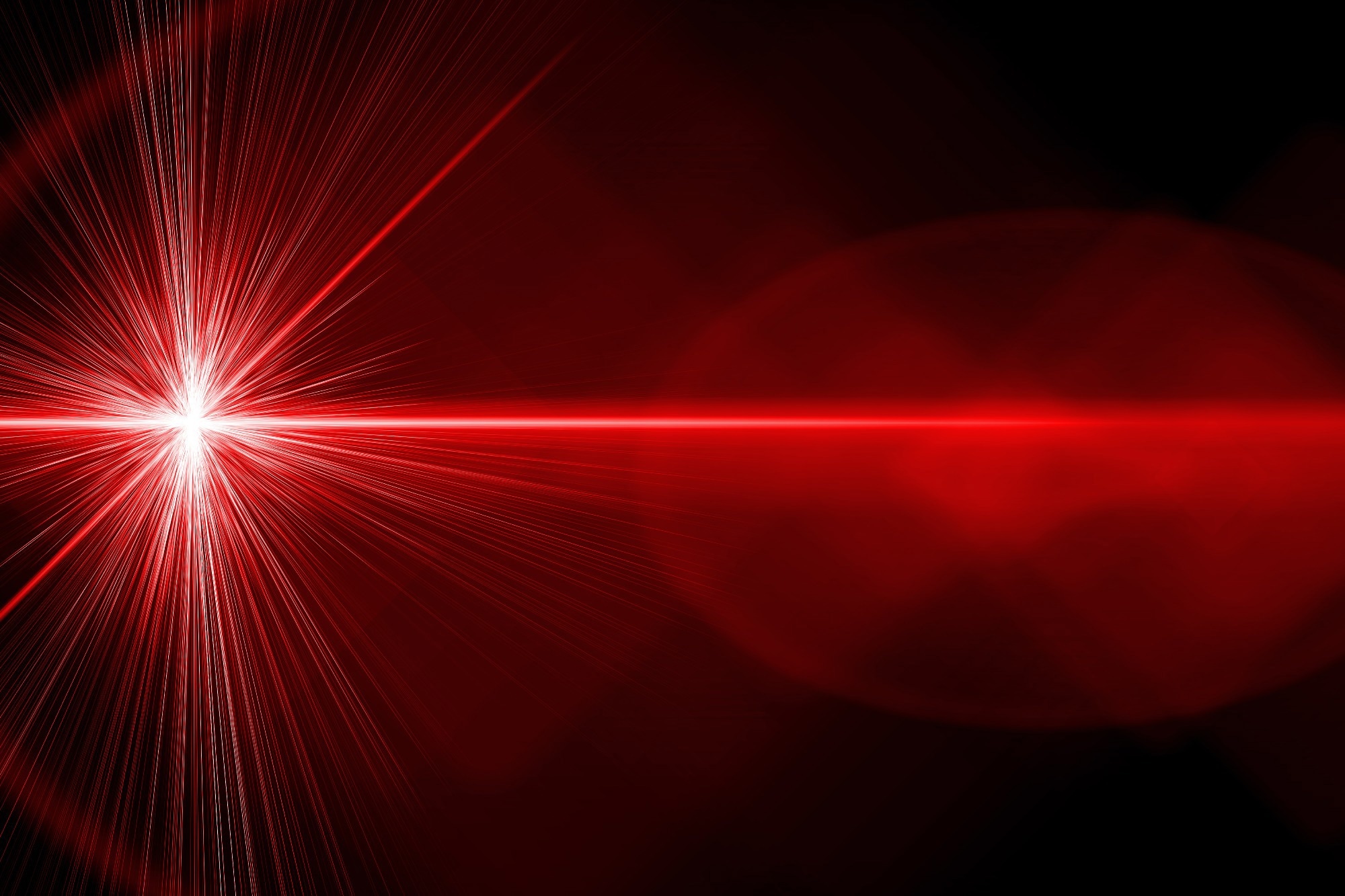The advent of ultrafast laser pulse generation has catalyzed unparalleled advancements across multiple sectors, including industrial applications, energy technologies, and the life sciences, marking a significant milestone in laser science. Out of all the laser platforms that have been created, fiber femtosecond oscillators—which are highly regarded for their small size, exceptional performance, and affordability—have emerged as a common technology for producing femtosecond pulses.

Image Credit: Juergen Faelchle/Shutterstock.com
Nevertheless, the majority of their operating wavelengths are restricted to the infrared, between 0.9 and 3.5 μm. This has, therefore, limited their use in many applications that need light sources at visible wavelengths (390–780 nm). It has long been a difficult but passionate objective in laser science to extend compact femtosecond fiber oscillators into new visible wavelengths.
Rare-earth doped fluoride fibers, such as Pr3+, are currently used as the effective gain medium in most visible fiber lasers.
The development of high-power, mode-locked, Q-switched, wavelength-tunable visible fiber lasers has advanced significantly over the years. However, despite the significant advancements made in the near-infrared, femtosecond mode-locking in visible fiber lasers is still a highly challenging task.
This challenge is due to the underdevelopment of ultrafast optics components at visible wavelengths, the limited availability of high-performance visible modulators, and the extremely normal dispersion encountered in visible fiber laser cavities.
Recent research has focused in on femtosecond mode-locked fiber oscillators in near-infrared using a phase-biased nonlinear amplifying loop mirror (PB-NALM). PB-NALM eliminates the need for long intracavity fibers to accumulate phase shifts.
This invention offers a broader parameter space to govern the intracavity dispersion from normal to anomalous dispersion regimes, in addition to facilitating long-life operating and tuning flexibility. As such, it is expected to drive visible fiber laser direct femtosecond mode-locking toward a breakthrough and drive fiber femtosecond oscillators into the visible spectrum.
According to Advanced Photonics Nexus, researchers from Xiamen University’s Fujian Key Laboratory of Ultrafast Laser Technology and Applications produced a visible-light mode-locked femtosecond fiber oscillator and amplifier. The fiber femtosecond oscillator, which generates red light at 635 nm, uses a figure-nine cavity structure.
It uses a double-clad Pr3+-doped fluoride fiber as the visible gain medium, a visible-wavelength PB-NALM for mode-locking, and a pair of tailored high-efficiency and high-groove-density diffraction gratings for dispersion control. A visible self-starting mode-locking established by the PB-NALM immediately generates red laser pulses with a pulse duration of 199 fs and a repetition rate of 53.957 MHz from the oscillator.
Accurate control of the grating pair spacing allows the pulse state to switch from a dissipative or stretched-pulse soliton to a more conventional soliton. In addition, a chirped-pulse amplification system built alongside the oscillator significantly enhances the performance of the laser, resulting in an average output power over 1 W, a pulse energy of 19.55 nJ, and a dechirped pulse duration of 230 fs.
Our result represents a concrete step toward high-power femtosecond fiber lasers covering the visible spectral region and could have important applications in industrial processing, biomedicine, and scientific research.
Prof. Zhengqian Luo, Head, Electronic Engineering Department, Xiamen University
The authors hope that their new approach to producing high-performance visible-light femtosecond fiber lasers will set the stage for using these lasers in applications like optical atomic clocks, biomedicine, underwater detection, and special material precision processing.
Journal Reference:
Zou, J., et. al. (2024) 635 nm femtosecond fiber laser oscillator and amplifier. Advanced Photonics Nexus. doi:10.1117/1.APN.3.2.026004